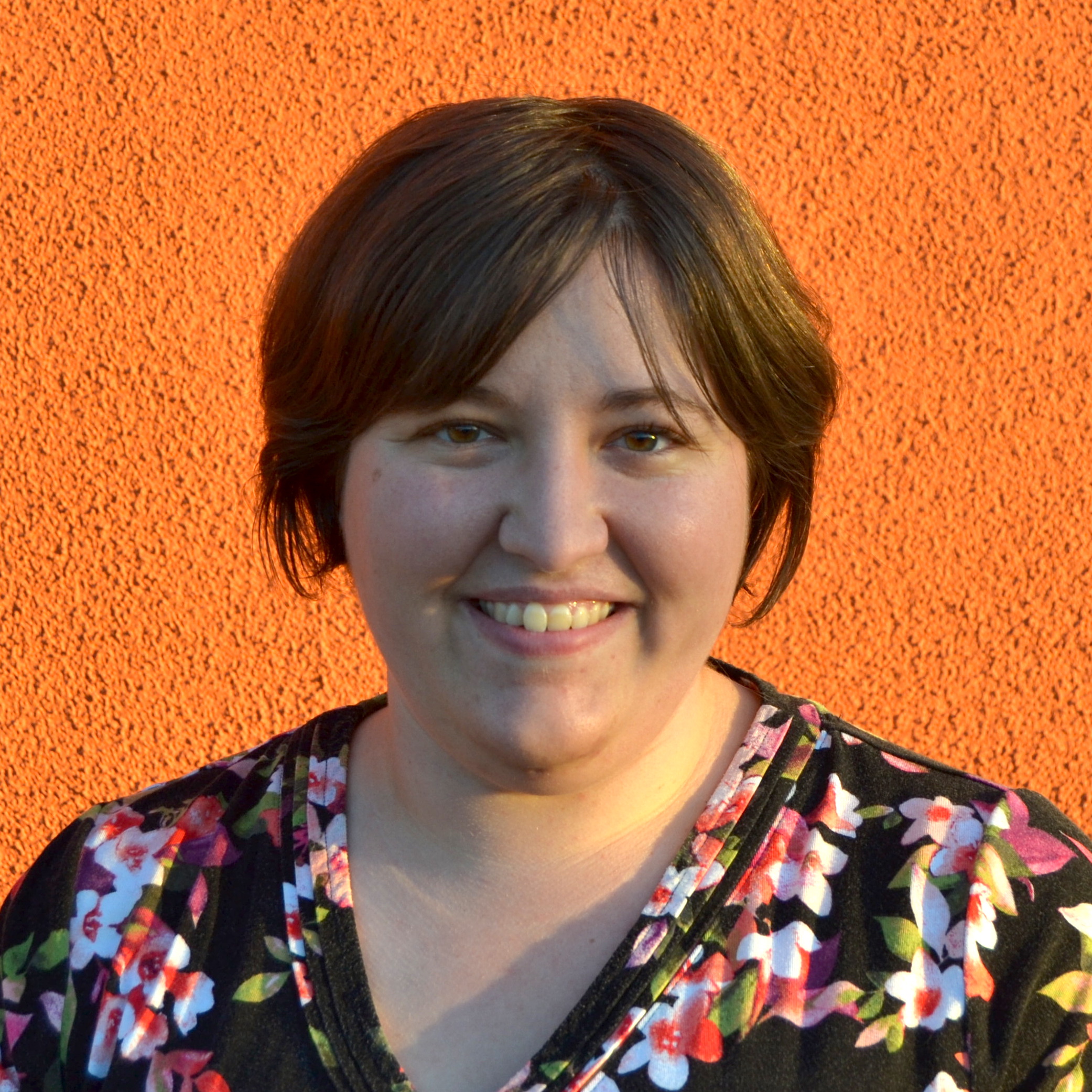CyberGIS-Jupyter for spatially explicit agent-based modeling: a case study on influenza transmission
Published in GeoSim '19: Proceedings of the 2nd ACM SIGSPATIAL international workshop on geospatial simulation, 2015
Recommended citation: Kang, Jeon-Young, Jared Aldstadt, Alexander Michels, Rebecca Vandewalle, and Shaowen Wang. (2019). "CyberGIS-Jupyter for spatially explicit agent-based modeling: a case study on influenza transmission." GeoSim '19: Proceedings of the 2nd ACM SIGSPATIAL international workshop on geospatial simulation, pp. 32–35, https://doi.org/10.1145/3356470.3365531. https://dl.acm.org/doi/pdf/10.1145/3356470.3365531
Abstract: Despite extensive efforts on achieving reproducible agent-based models (ABMs) to improve the capability of this widely adopted methodology, it remains challenging to reproduce and replicate pre-existing ABMs, due to a number of factors such as diverse computing resources and ABMs platforms. In this study, we propose to employ CyberGIS-Jupyter for spatially explicit ABMs. CyberGIS-Jupyter is a cyberGIS framework to achieve data-intensive, reproducible, and scalable geospatial analytics using Jupyter Notebook based on advanced cyberinfrastructure. Influenza transmission in the city of Miami, Florida, USA was used as a case study. In the model, Influenza is transmitted through the contact networks of individual human agents, which are constructed based on commuting behaviors. CyberGIS-Jupyter can support one not only to conduct collaborative and transparent modeling, but also to perform modeling simulation on advanced cyberinfrastructure resources. It may contribute to boosting the reproducibility and replicability of ABMs.
Recommended citation: Kang, Jeon-Young, Jared Aldstadt, Alexander Michels, Rebecca Vandewalle, and Shaowen Wang. (2019). “CyberGIS-Jupyter for spatially explicit agent-based modeling: a case study on influenza transmission.” GeoSim ‘19: Proceedings of the 2nd ACM SIGSPATIAL international workshop on geospatial simulation, pp. 32–35, https://doi.org/10.1145/3356470.3365531.
